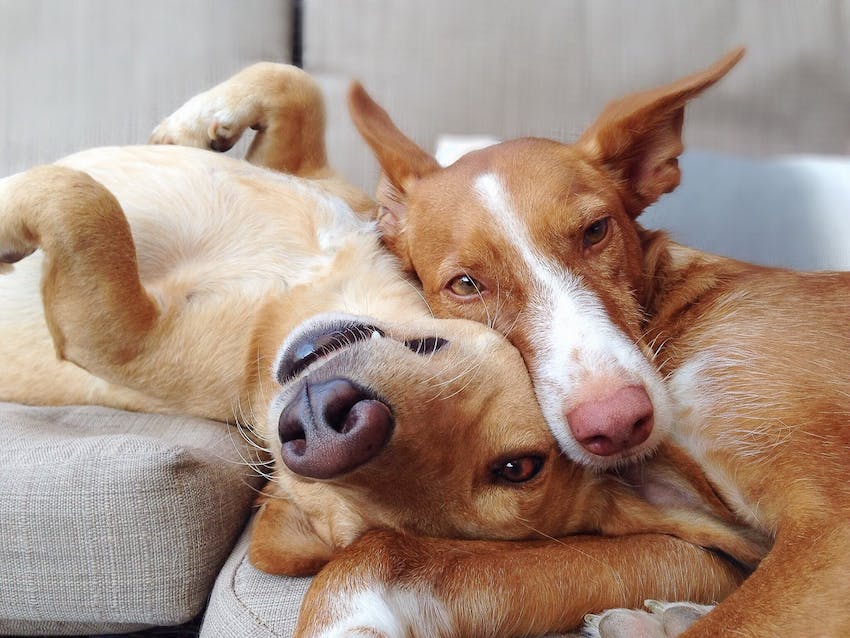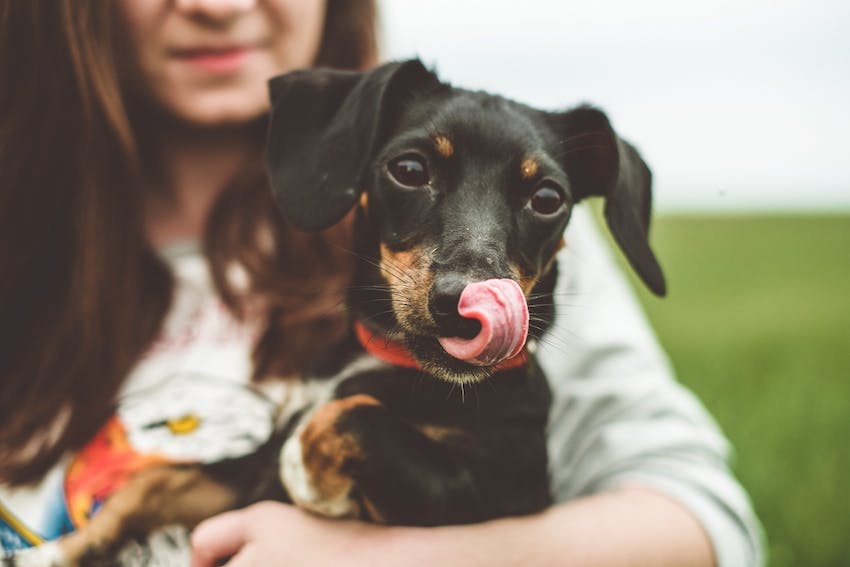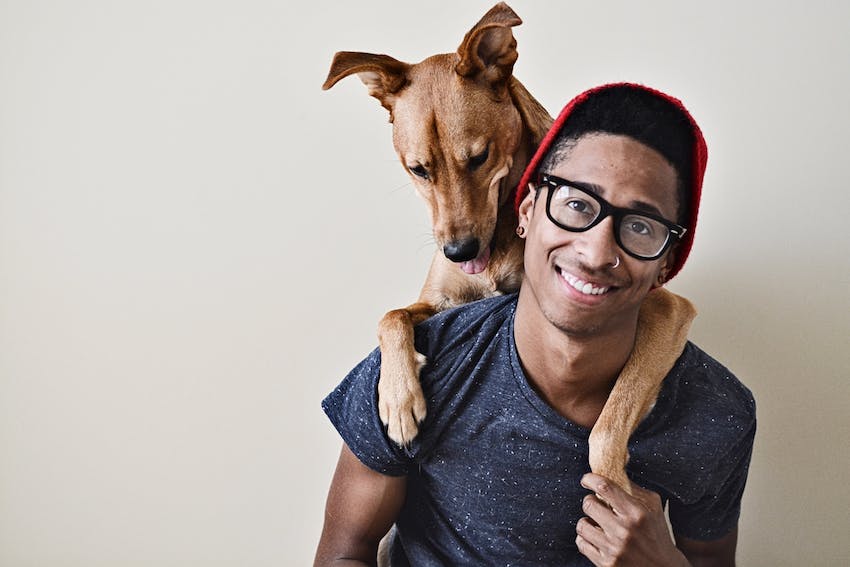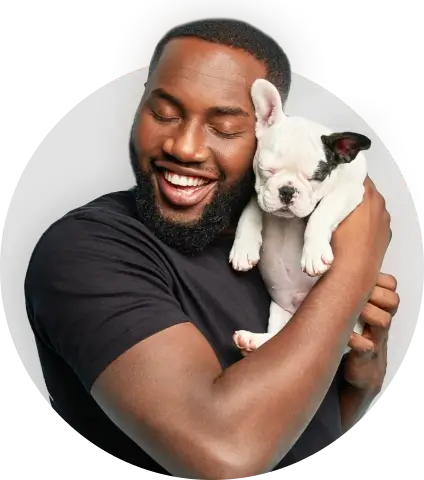How to Calm a Stressed Dog During the Holidays
By: Kelli Rascoe / Updated Dec 1, 2021
The holidays are fun-filled, joyous, times—for humans. But for dogs, it can be a stressful experience. As responsible pet owners, it is beneficial for your pets—as well as your family—to know how to calm a stressed dog.
Whether you’re traveling with your pets for the holidays or hosting a house-hold full of guests, every experience can be new and challenging for your dog, resulting in unexpected behaviors. We sat down with our Trupanion team to learn more about how to calm a stressed dog during the holidays.
Calming a stressed-out dog
Each dog can react differently to new environments, situations, and meeting new pets and people. So when exposing your pet to a new environment or situation, take your time, and take into consideration that your pup might not respond as you initially expected. For example, it might take several trips to the airport for your dog to become acclimated to travel. Especially during the holidays, when more and more people are traveling, allow your dog some extra time to get acclimated.
The best way to approach a stressed dog
Pets are family and people are traveling more frequently with their pets. Unfortunately, there’s a chance you might encounter a pup who is unsure of their surroundings—or even potentially off-leash.
Trupanion claims specialist and veterinary tech, Aubrey Halvorsen, weighs in on what to do if you see encounter a stressed dog:
“If you see a dog who may be shy, stressed, or reactive, the best way to approach would be cautiously, and remember to communicate with the owner of the dog. Remember to read their body language—does the dog seem relaxed? Are the eyes open or mouth tensed? Are there hackles raised? Everything from loud noises to visual stimuli, such as children, boots, or people in hats, could be a potential trigger for a dog.”
Although your pup might be open to interaction and play with a new furry friend, it doesn’t mean that other dogs feel the same way. Always ask the owner before interacting with their dogs—or before introducing their pets to yours.
Signs of stress in dogs
It might be hard to detect if your new puppy or adult dog is experiencing the stress of a new situation. Also, if you are a new pet owner, you might still be learning your pup’s behaviors and cues. Look out for these signs so that you know when you may have to calm a stressed dog:
- Excessive self-licking and cleaning
- Wide eyes
- Avoidance/looking away
- Ear pinned back
- Panting
- Stiffness
- Lip licking
- Shaking
- Paw lifting
- Pacing
Don’t force socialization. Also, consider sitting at their level so that you don’t appear to be a threat. Essentially, depending on the dog’s stress level, it may be best to not approach them at all. Use your judgment and if you have not met this pet before, consider taking a step back and letting them come to you.
How to calm a stressed dog
If you are introducing a new environment like a holiday party, or a new routine such as travel, consider making the experience as comfortable as possible for your dog. Distracting your pet with physical and mental stimulation can prevent stress overload and do wonders to help calm a stressed dog. Consider including interactive playtime with enrichment toys, like puzzle games. Take your time and remember that it will take time for your pup to become accustomed to new people, places, sounds and events.
Further, if you are concerned with your dog’s stress level or behavior, seek medical care with your veterinarian. Under your veterinarian’s expertise and guidance, a treatment plan and regime can be put in place to help your pup through the stress. Make note of the stressors and environments that your dog is reacting to so you can discuss their anxiety and behaviors with your veterinarian.




